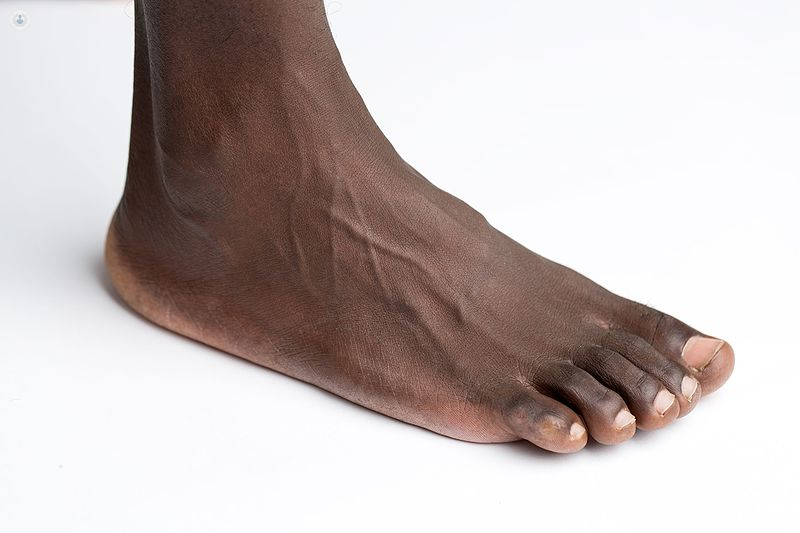What is a foot and ankle specialist?
Autore:From sprains and strains to bunions and breaks, a foot and ankle specialist is a type of orthopaedic surgeon, who, while dealing primarily with one part of the body, will treat a wide variety of physical problems. In this interview, expert and Top Doctor Mr Rohit Madhav explains what it means to be a foot and ankle specialist.

What is a foot and ankle specialist?
A foot and ankle specialist is somebody who understands the detailed workings, intricacies, and nuances of the way the foot and ankle present themselves, the way they function, and the way they can affect and cause pain and disability. We also need to be able to coordinate that with things that affect the rest of the body.
My background is full medical training, as well as various surgical specialties. This has allowed me an overview of how other body systems can affect the foot and ankle, and also coordinate better with other medical specialists, such as vascular surgeons, rheumatologists, and neurologists. I then went on to specialise further in foot and ankle problems and learnt things with other colleagues and other specialists. This then gave me a good grounding on how to offer advice, treatment in various techniques, which can vary from surgical to non-surgical, and coordinate with other allied healthcare specialists.
What can cause foot and ankle pain?
On the whole, most pains are related to tendon, ligament and joint pathology and problems. Pain can be accompanied by swelling, which can be either due to an injury or other medical reasons. These issues can also be due to underlying joint problems, such as cartilage injuries, arthritis, or autoimmune general body disorders. The commonest presentations are repetitive strain injuries, which could include tendon and joint involvement, such as stress fractures, tendinopathy, etc.
Some people have metatarsal problems due to neuromas and bunions, which also can cause problems with footwear.
On the whole, the majority of the pains will ease and resolve, but if they haven't, then it's worth discussing with a foot and ankle specialist.
How can you treat foot and ankle swelling?
To understand how to reduce it, we need to understand what has caused the swelling. The swelling can be from general medical conditions, such as heart failure, kidney failure, or other venous disorders, which need to be addressed. This would entail coordinating with various specialties to help with this. Local problems to the foot or ankle that can cause ongoing swelling can be post-injury, after a sprain, or arthritis and other inflammatory causes of ankle and mid-foot joint pains.
After identifying the cause, we would need to look into manual treatments with a therapist, and also, try and identify and treat the underlying causes, which would be all done at the same time to facilitate full recovery.
How long does it take to heal a sprained ankle?
Sprained ankles are very common. There are over 40,000 to 45,000 sprained ankles per year. The majority of them will heal very well without any ongoing problems. If you have a sprained ankle, then it would be advisable to stop the activity that you're doing and just assess whether you have swelling and you can take weight on the leg.
If you have excessive swelling which does not go away within the next two to three days or you cannot put weight on the leg for the next two to three days, it's strongly advisable to go and see a specialist. If, however it is getting better slowly, the best way to continue to improve it would be to use a sports brace, use elevation, swelling reduction techniques, and then go and see a physical therapist to help facilitate the recovery.
Most minor sprains will take between two to three weeks. More intermediate or partial tears or strains will take up to three months, and more severe injuries can take up to 18 months, particularly if there's bone bruising or other injury aspects to the sprain.


